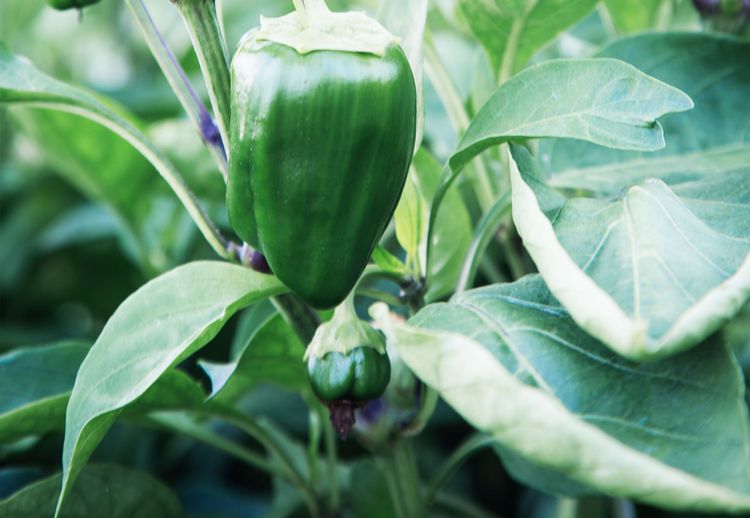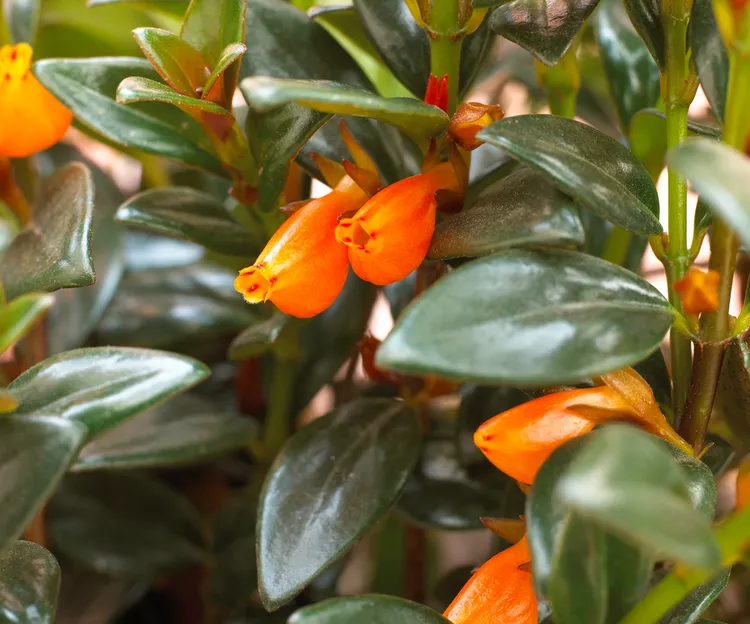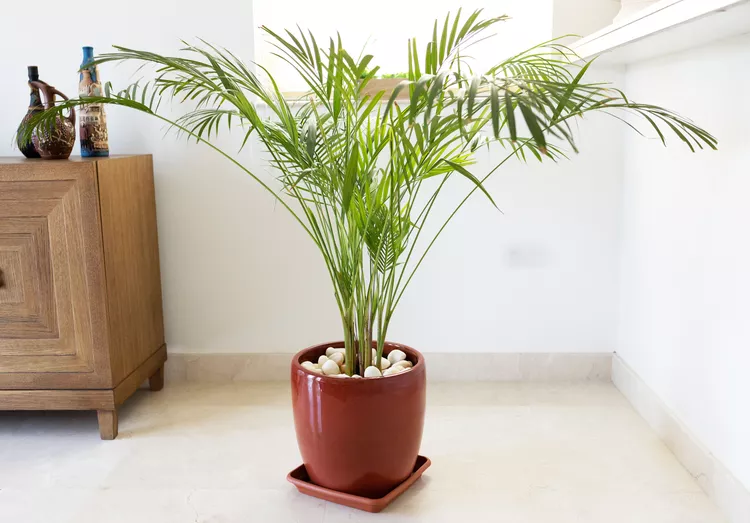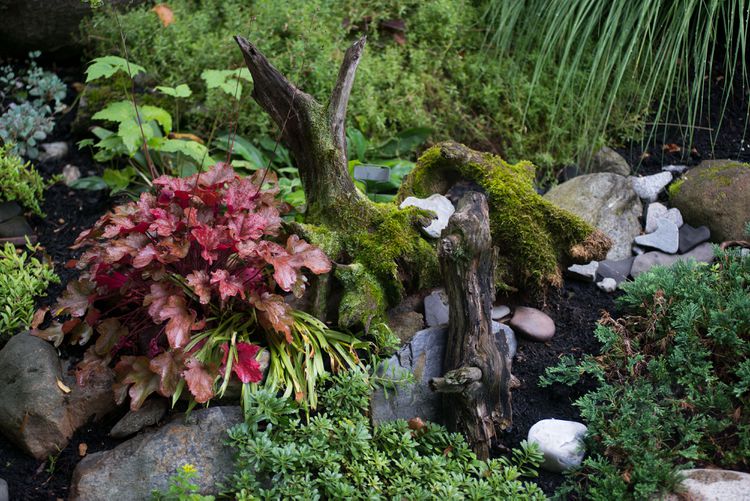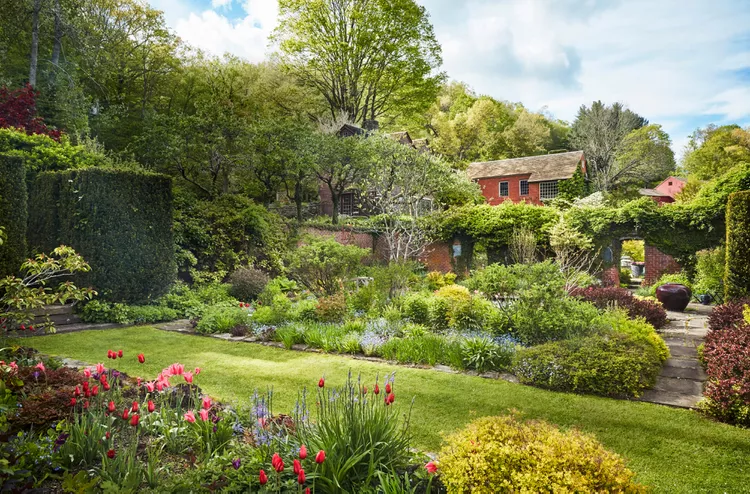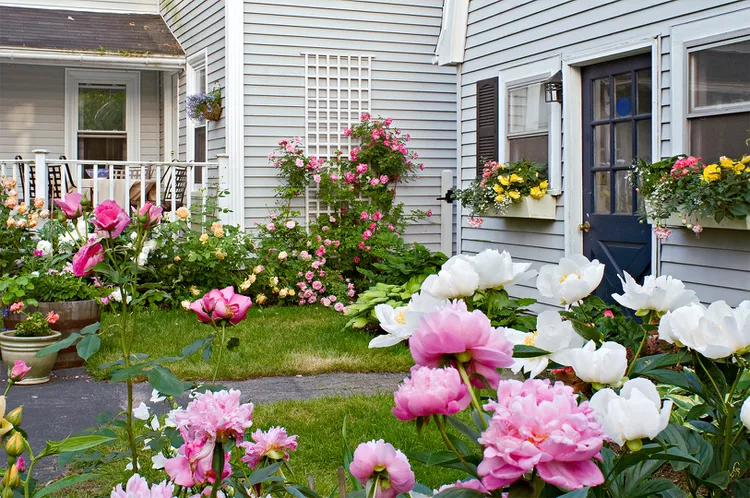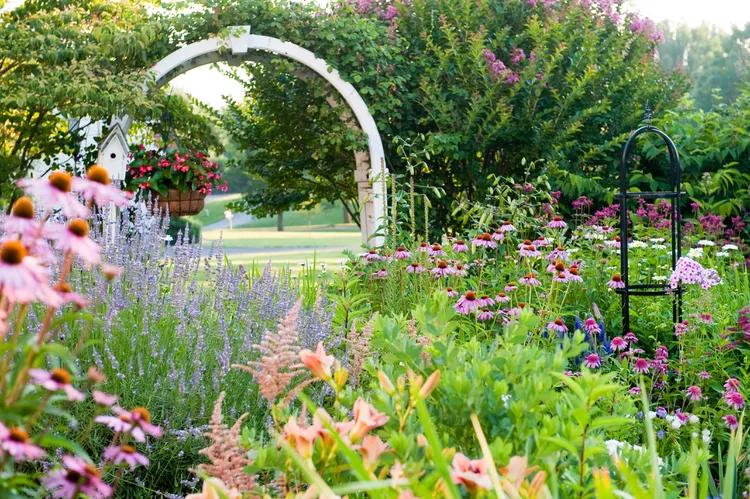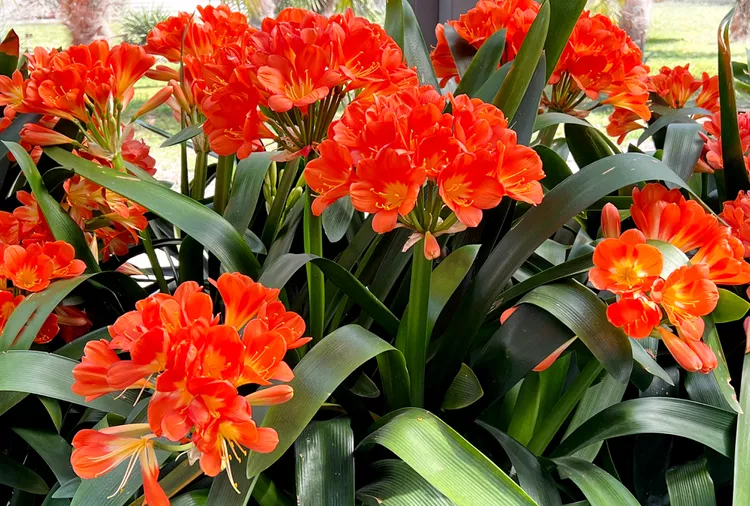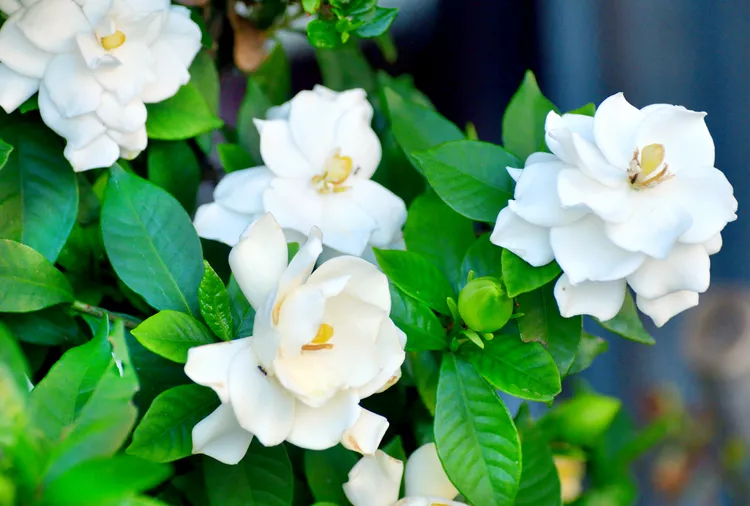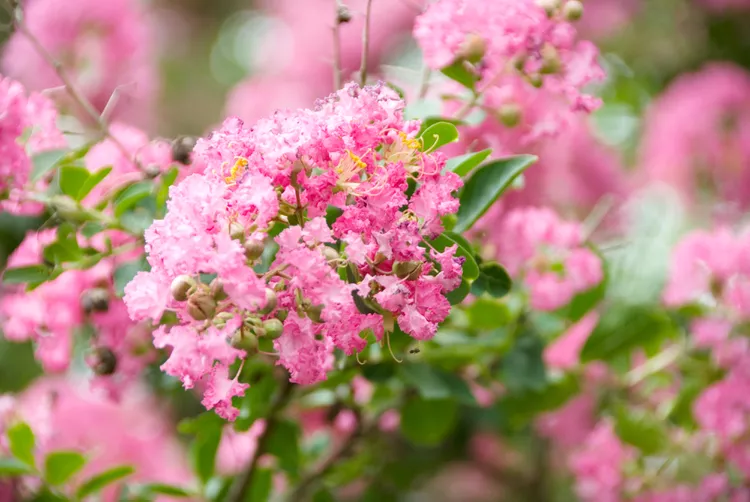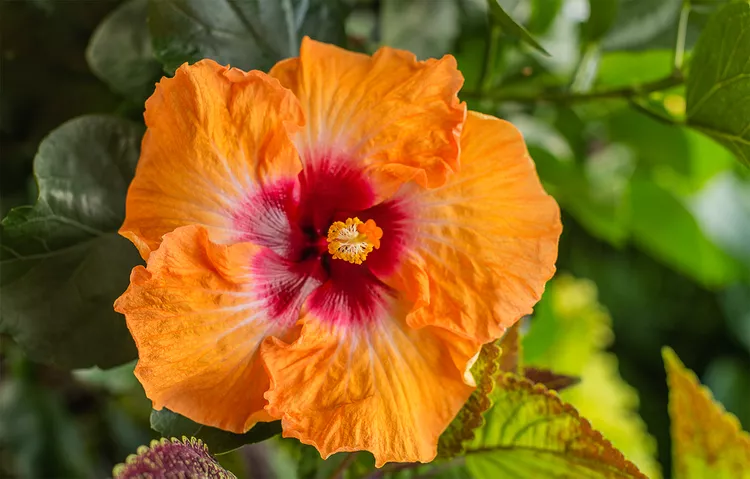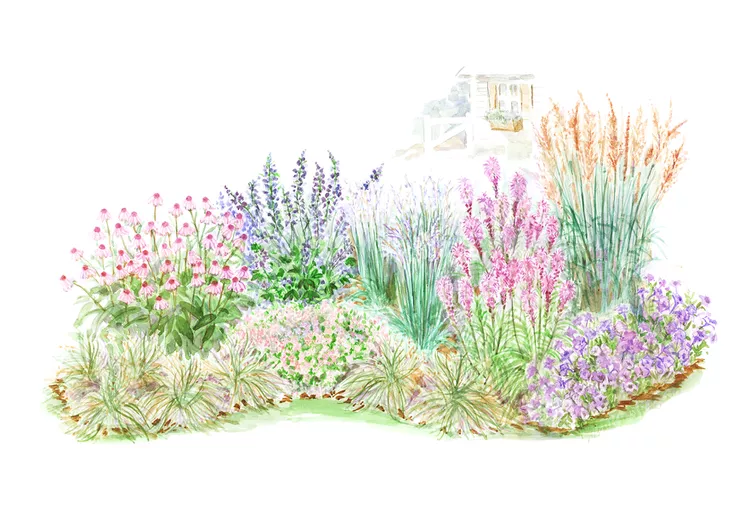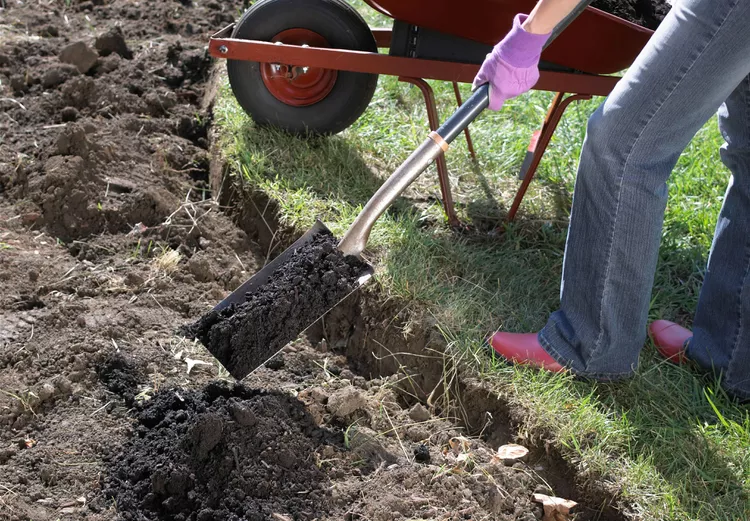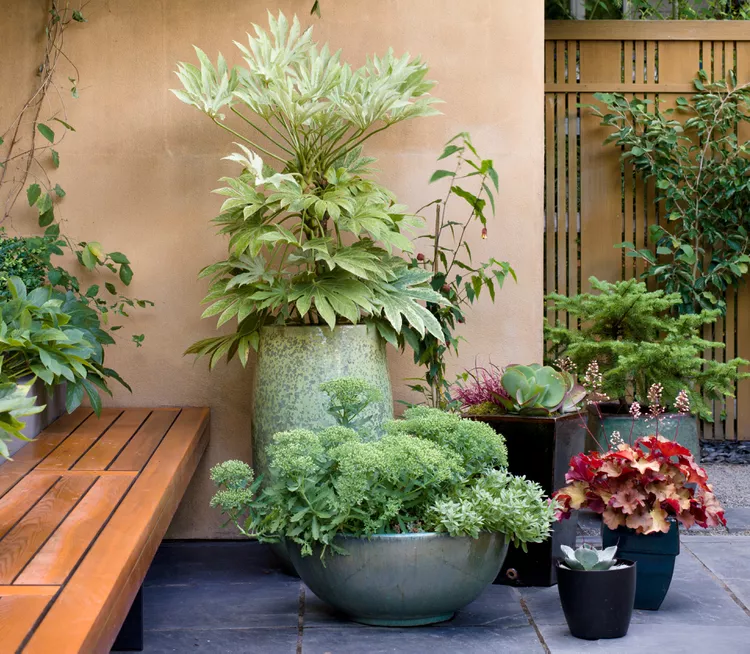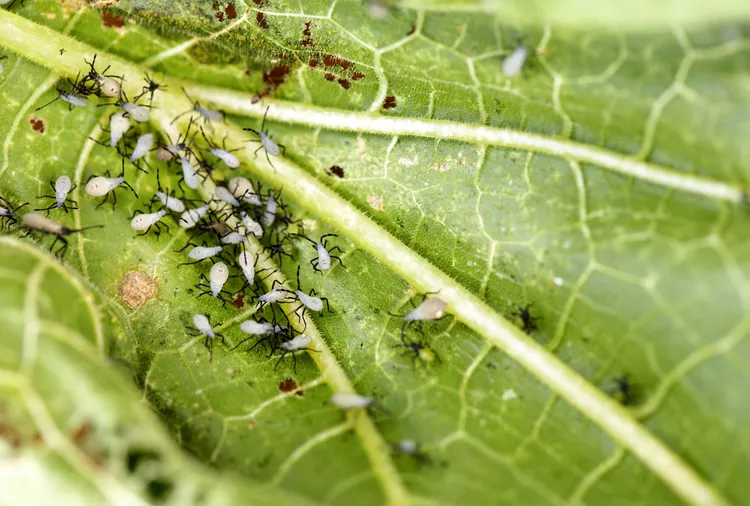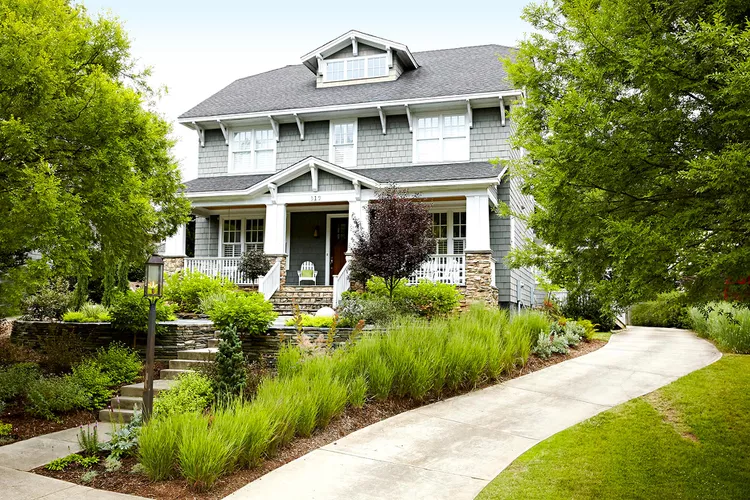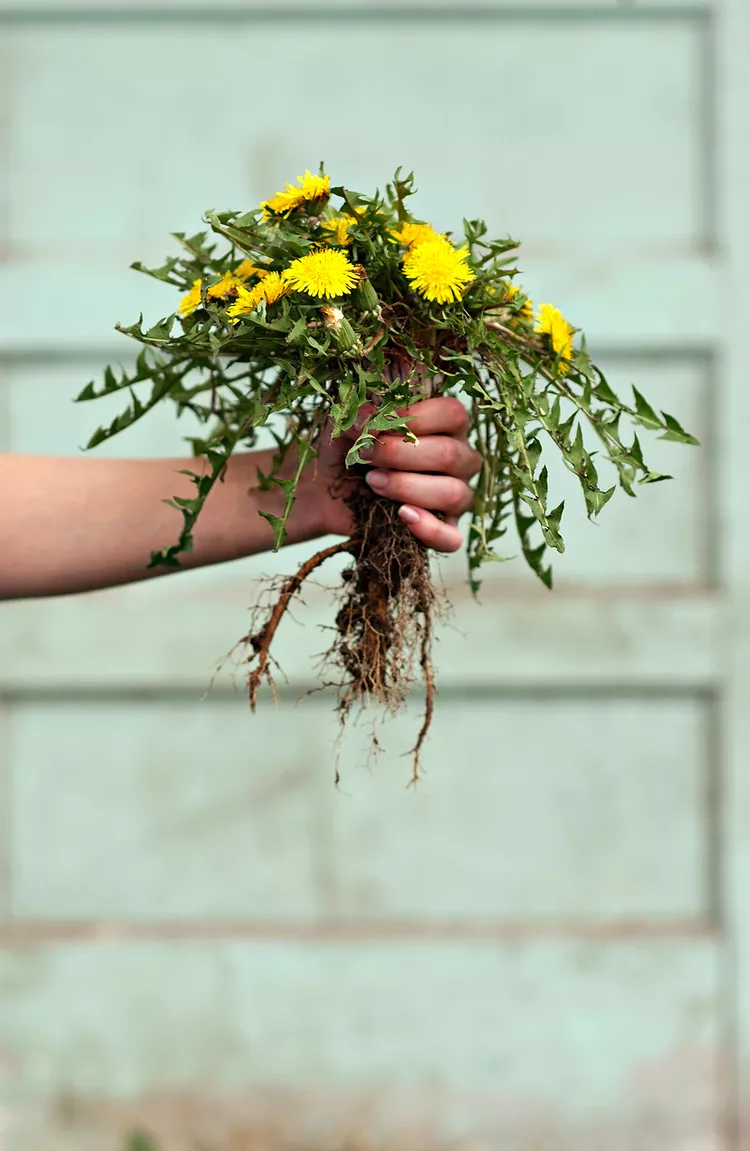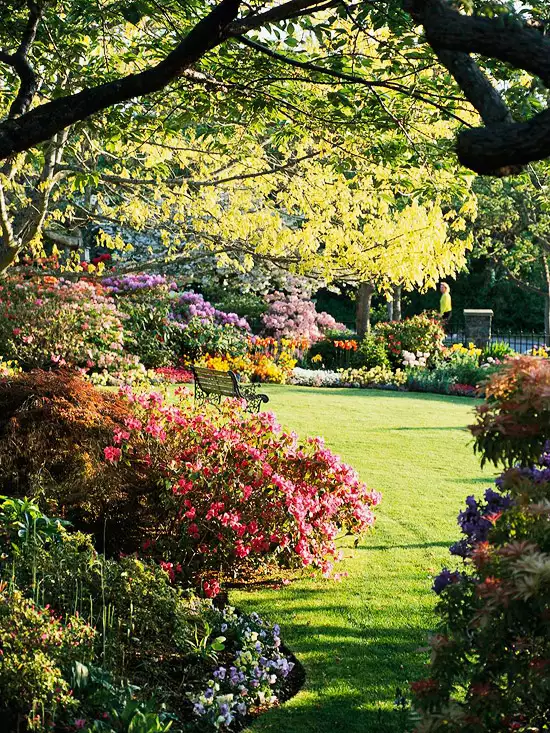Curling leaves is a relatively common plant problem that’s usually not fatal to pepper plants. However, when you see pepper plant leaves curling, it typically indicates that the plant is stressed—by pests, diseases, or an environmental factor—and plants might not produce as much of a pepper harvest as a result. If your pepper plant’s leaves have started to curl, use these tips to identify the cause and nip the issue in the bud.
Causes of Pepper Plant Leaves Curling
There are so many potential reasons why pepper leaves might curl that pinpointing the cause of your plant’s distress can be a little tricky. To get a better idea of what’s going on with the peppers, take a careful look at the tops and bottoms of the affected leaves and note any discoloration or pests you see. Also, consider if anything has recently changed in your garden.
- Has there been a spell of hot weather?
- Did you just transplant peppers outside?
- When was the last time you fertilized and watered your plants?
Reflecting on these questions can help you determine which of the following issues is affecting your peppers and what to do about it.
1. Underwatering and Overwatering
Underwatering and overwatering are the leading causes of pepper leaf curl, so always assess your watering schedule first. Underwatered pepper plants usually look droopy, and their leaves may turn brown and crispy. Overwatered peppers, on the other hand, often develop yellow or dark splotches on their leaves, and the soil may stay soggy long after you’ve watered.
Solution: If you suspect that peppers are parched, give them a deep drink of water, and then provide the plants with about 1 inch of water per week. If overwatering is to blame, let the soil dry out and water less in the future. Don’t forget to check that container-grown peppers are growing in pots with drainage holes.
2. Too High or Too Low Temperature
Soaring summer heat combined with overly dry soil is a recipe for pepper plant leaves curling. Pepper leaves curl up when they are heat-stressed as a defensive mechanism to conserve water. Interestingly, peppers can also develop curled leaves in excessively cool weather or if they’re transplanted outside too early in spring.
Solution: To reduce heat stress, water peppers often during summer and consider sheltering plants with shade cloth when extreme heat hits. Transplanting issues can be avoided by hardening off the peppers before moving them outside and waiting until the temperature is consistently above 50°F to do your transplanting.
3. Too Much Light
While peppers are full-sun plants, pepper leaves can curl and develop sunscald if plants are moved into hot, bright sun too quickly. This can look like shriveled, curled, and wilted leaves or leaves that seem bleached out with splotches of yellow or brown. Peppers growing indoors can also develop leaf curl and leaf drop if they’re kept too close to grow lights.
Solution: Be sure to harden off the plants for one to two weeks before exposing them to full sun gardens. If indoor pepper leaves are curling beneath grow lights, move the lights further away and install a timer so the lights are only on for 14 to 18 hours a day.
4. Pests
Many sap-sucking insects target pepper leaves, including aphids (damage shown above), whiteflies, thrips, leafhoppers, and spider mites. These pests cause leaves to curl and distort in shape or produce a stippling pattern on plant leaves. They may leave a sticky “honeydew” residue on infested plants.
Solution: Companion planting peppers with scented herbs and flowers, like cilantro, basil, alliums, and sunflowers, naturally repels many common pests. If pests crop up, use a strong blast from your garden hose to dislodge them, and then treat the infested plants with an organic insecticidal soap spray.
5. Nutrient Deficiency
Peppers are heavy feeders that need lots of nutrients like calcium to grow. When the soil becomes depleted, pepper plants display signs of nutrient deficiencies, including curled leaves, stunted growth, and poor fruiting. Irregular watering practices can make deficiencies even worse.
Solution: Before planting peppers, amend the soil with compost, aged manure, or a slow-release fertilizer. Then, continue to feed the peppers about once a month with a balanced, organic fertilizer rich in calcium and magnesium.
6. Diseases
Some bacterial and viral issues, like leaf curl virus, can cause pepper leaves to curl and develop dark circles or yellow bull’s eye patterning. Plant diseases are often spread by infected soil and transplants, but they can also be transmitted by plant pests like whiteflies. Since plant diseases are difficult to treat, these problems should only be suspected after ruling out environmental factors.
Solution: Unfortunately, plants with bacterial and viral issues usually cannot be saved. Instead, remove and destroy any infected plants and don't plant peppers in that same spot for at least 3 years. Soil solarization, mulching, and choosing disease-resistant varieties can help you avoid pepper diseases in the future.
7. Herbicide Exposure
Herbicides kill non-target plants like peppers just as readily as they kill the weeds they’re intended to treat. Sometimes, pepper plants come into contact with weed killers when wind blows the chemicals over onto them. Peppers can also be exposed to herbicides if you use soil, mulch, or compost contaminated with herbicides. Pepper leaves exposed to herbicides may curl and twist dramatically, or the whole plant may wilt and wither.
Solution: To avoid herbicide issues, keep these chemicals far from edible gardens and don’t apply them in windy weather. Always purchase soil amendments and mulch from reliable suppliers. If you use livestock manure, don’t be afraid to ask if the animals have eaten hay treated with herbicides.
8. Plant Edema
Plant edema is a less common pepper plant problem that primarily affects indoor plants. This issue typically occurs in hot, humid grow rooms with poor airflow, and it causes plant leaves to become bumpy, distorted, and curled at the edges.
Solution: Remove humidity domes as soon as pepper seedlings sprout and install a small fan in grow rooms to circulate the air. Edema is not contagious; damaged plants usually bounce back quickly when conditions improve.
